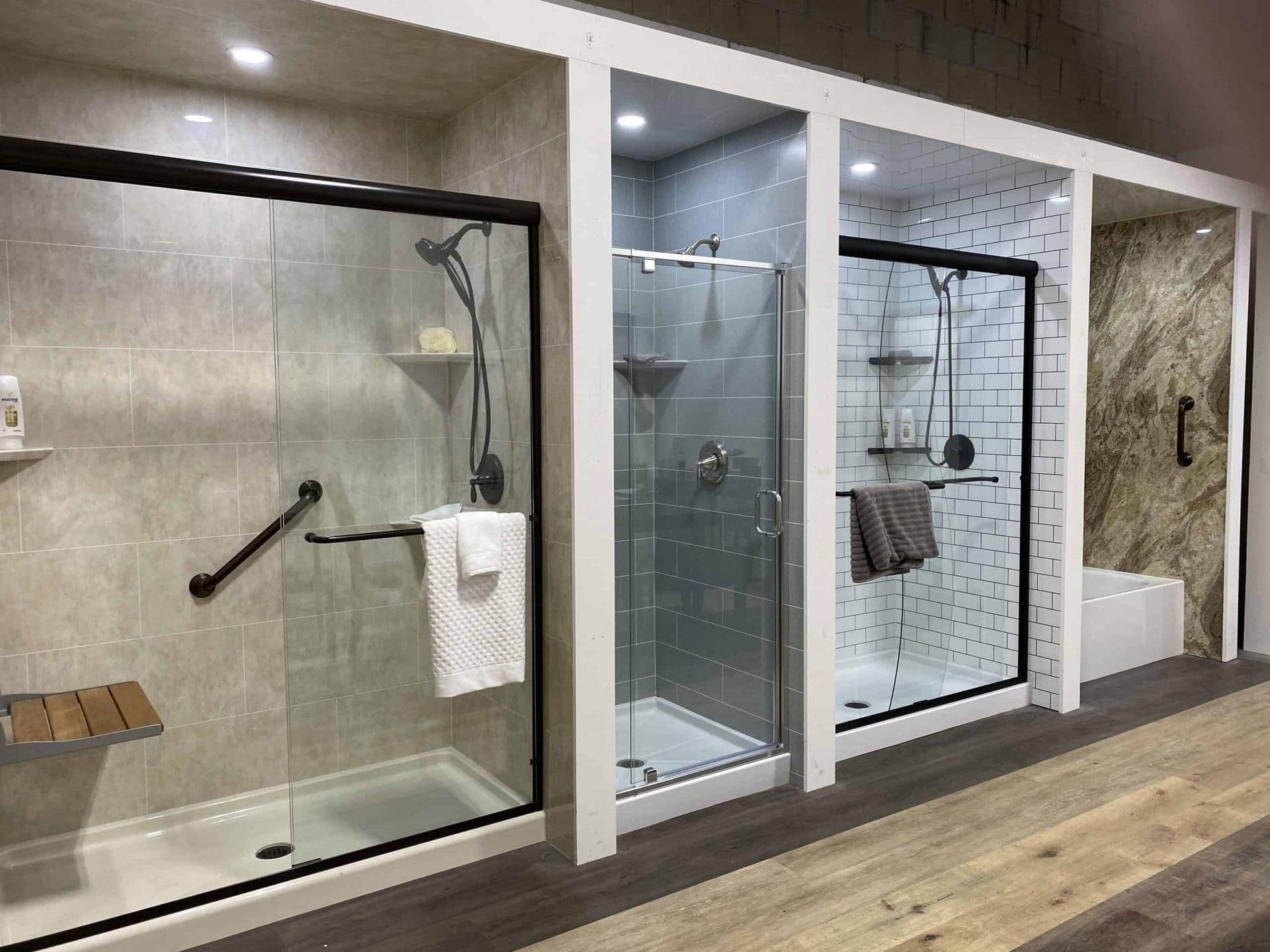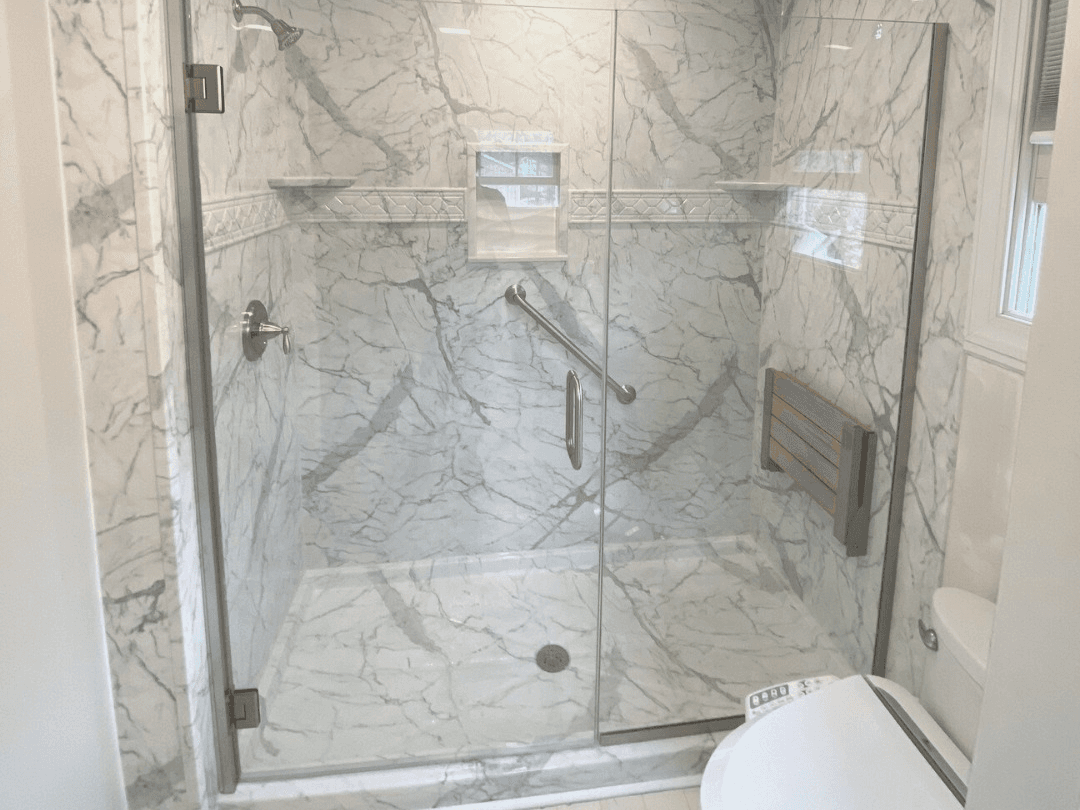
How do You Waterproof a Bathroom Floor?
Water leakages on your bathroom floor and wall spaces can cause extensive damage to your home. Not only do they compromise its structural integrity but they can also lead to mold growth because of constant moisture and humidity. Many homeowners never realize what is happening in their bathrooms until it is too late to fix any damages. Proper waterproofing in wet areas is very essential as it helps to prevent rot and mold problems. DIY options for waterproofing exist but they always have their limitations.
Some states may allow you to waterproof your bathroom if you are licensed to do so. Doing the work on your own also requires you to meet the standard requirements for waterproofing domestic wet areas. This means that it should be able to pass the inspections done by a professional building inspector. This article looks at how to waterproof your bathroom floor and why it is important.
Steps to Waterproofing Your Bathroom Floor
- Take the Necessary Measurements
Whether you want to waterproof the entire bathroom or the shower area, it is important to measure the size of the space as it allows you to choose the perfect set. Sealing solutions come in various sets depending on the area you want to waterproof. The U-Wall and L-Wall sets are only ideal when you want to waterproof your shower floor and walls. Most of these sets are compatible with shower elements that can be tiled to allow for an easy and safe installation. Other sealing sets are used when you want to waterproof the entire bathroom.
- Clean the Area and Check for Surface Adhesion
It is important to ensure the bathroom floor and walls are clean before starting the installation process as it helps achieve optimal bonding. Apply a small test strip on the surface to test the bonding strength of the membrane. You can use the sealing system without a primer if the test strip sticks into place. However, if the strip shifts its position when applying a downward pulling force, then it is necessary to apply a primer on the surface before continuing the installation to allow for better adhesion.
- Seal the Corners and Plumbing Fittings
Apply a sealing tape to the corners and edges. First, you need to remove the protective film from the tape and apply pressure when positioning the tape. Use a spatula or squeegee to remove air pockets that may trap moisture. Make sure that the sealing tape overlaps the corner pieces. The protective foil needs to be removed when applying the sealing tape, sleeves, and the sealing membrane. Pipes and other plumbing fittings coming out of the floor or walls need to be sealed using wall sleeves. The transitions between any pipe and the wall need to be free of plaster or gypsum residue before applying the sleeves.
- Apply Membrane on Walls
The membrane should be applied from top and bottom overlapping with the corner sealing tape. Remove any air pockets using a squeegee or a spatula to ensure the membrane is applied correctly. It is important to be very careful when removing the foil to avoid damaging the membrane. Place some corner tape under the strip to extend or repair a strip of waterproofing membrane and then overlap the preceding membrane on top of the tape. The last strip of non-fleece material should then be covered using the finishing tape.
- Apply Membrane on the Bathroom Floor
The last step is to waterproof the shower or the entire bathroom floor depending on your preferences. The waterproofing membrane should cover the shower drain completely when sealing the shower floor. It is also important to ensure there is sufficient overlapping between the sealing membranes. Allow enough space around the linear shower drain to guarantee water tightness. Once you are done sealing your bathroom floor, open up the channel by carefully cutting out the sealing membrane covering the shower drain.
- Start Tiling
Once you have installed the waterproofing membrane and allowed some time for it to settle, it is time to install the tiling. Installing tiles is not a difficult process. However, it might require a few stages and skills to get the job done properly. You can tile the waterproofing membrane by applying a flexible tile adhesive.
It is important to use all the equipment and materials safely according to the instructions on the labels. If you are uncertain about waterproofing your bathroom floor, we recommend seeking professional help from an expert as they have the right skills and equipment to get the job done perfectly.

Lock in 2025 Pricing!
$1,999 OFF Any Bath Or Shower Remodel
$0 Down, $0 Interest, $0 Payments until 2027!*

$0 Down, $0 Interest, $0 Payments until 2027!*
Bathroom Pros New Jersey
5-Star Reputation
Our customers rate us 5 out of 5 on Google, and more.
Stress-Free Process
Start to finish, you’re in for a pleasant experience.
Special Financing
Payments starting as low as $1.80 per day.

Lock in 2025 Pricing!
$1,999 OFF Any Bath Or Shower Remodel
$0 Down, $0 Interest, $0 Payments until 2027!*
Contact Us

Mon-Fri: 9AM-5PM
Sat: 10AM-3PM
Sun: Closed


